by Harley Brown
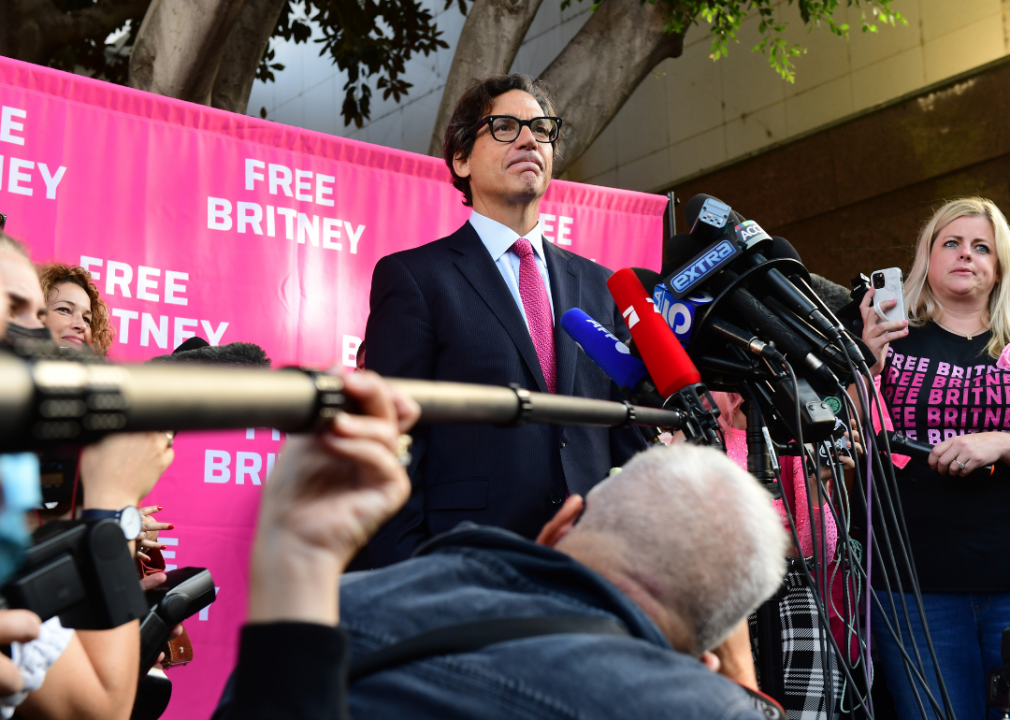
Chelsea Guglielmino // Getty Images
Although the “Law & Order” disclaimer in Friz Quadrata typeface is almost as iconic as the “dun-dun” sound, it’s not difficult to make connections between what’s happening on screen and what’s printed in the headlines. For decades now, the “Law & Order” showrunners have reimagined real-life cases that captivated the public consciousness for various reasons. Aileen Wuornos was a female serial killer. Casey Anthony was a telegenic woman who may or may not have murdered her adorable 3-year-old daughter. Two sixth-grade girls attempted to kill in the name of Slender Man, a fictional, internet-generated character most people had never heard of.
Aside from the voyeuristic appeal, these cases also generated vital cultural conversations about critical issues. Chris Brown’s physical violence against Rihanna in 2009 illuminated both fans’ and the music industry’s reluctance to condemn abusers’ actions, or sever ties with them, if they’re popular recording artists. Even though a jury concluded that Tawana Brawley had not been sexually assaulted by white police officers, as she claimed, her case demonstrated the extent to which members of law enforcement are not held accountable for their actions, especially against Black and brown Americans.
“Law & Order” dives headfirst into tackling these tough questions. “This is what happens when a pretty white girl goes missing,” says Detective Kevin Bernard (Anthony Anderson) in the episode “Filtered Life,” referring to the coverage of fictional social media influencer Amanda Larson’s disappearance. He encapsulates what journalist Gwen Ifill called “missing white woman syndrome” that was foregrounded following Gabby Petito’s disappearance: A missing person of color is not given nearly so much airtime, if any at all, on national news outlets.
The real world abounds with harrowing accounts like these, and “Law & Order” has adapted a myriad of them for viewers with a taste for true crime TV. The The Louthian Firm Accident & Injury Lawyers, a personal injury law firm, compiled a list of 10 episodes across the franchise that drew inspiration from real-life events and the cases that inspired these episodes.
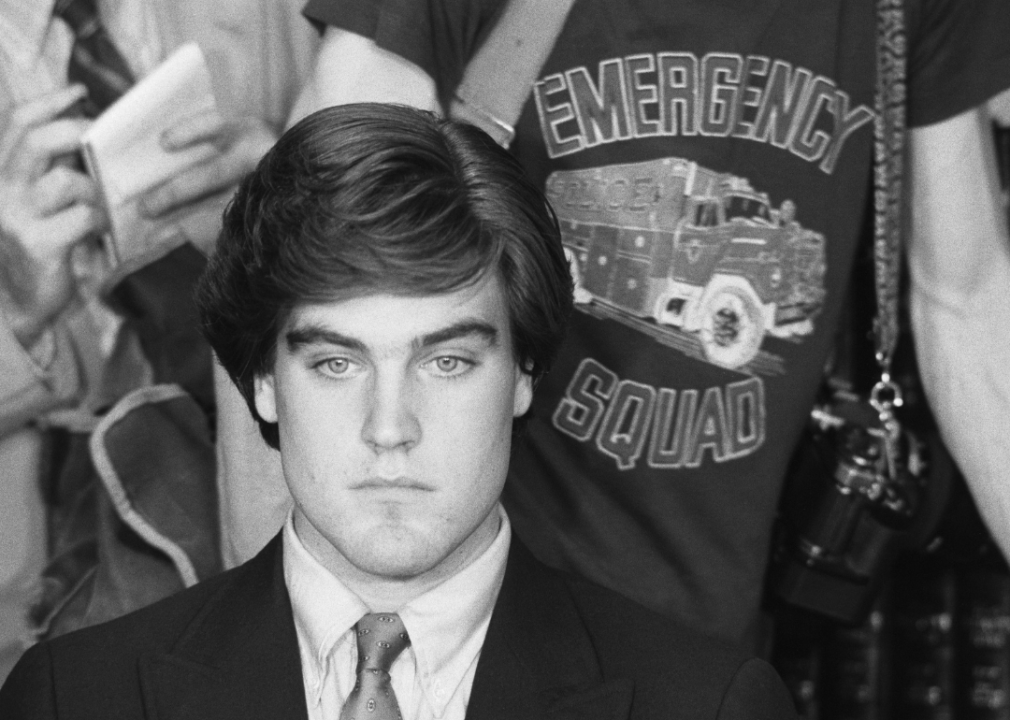
Bettmann // Getty Images
Law & Order – ‘Kiss the Girls and Make Them Die’ (1990)
Robert Chambers was dubbed the “Preppy Killer” because he attended prep schools as a child and was charged with murder by strangulation of 18-year-old Jennifer Levin. The victim was found half-naked in Central Park with red marks around her neck and signs of trauma and struggle all over her body and face. After weighing a temporary insanity plea, Chambers claimed that she had sexually assaulted him and he accidentally killed her in an attempt to defend himself. He pled guilty to manslaughter after a jury failed to reach a verdict.
In this “Law & Order” episode, Ned Loomis, Chambers’ on-screen alter-ego, is found guilty of second-degree murder when his fiancé takes the stand and testifies against him after meeting a woman he sexually assaulted in college. It’s an unintended irony that Chris Noth, who plays Detective Mike Logan and advocates that women should not be penalized or judged for their choices, was later accused of sexual assault in 2021.
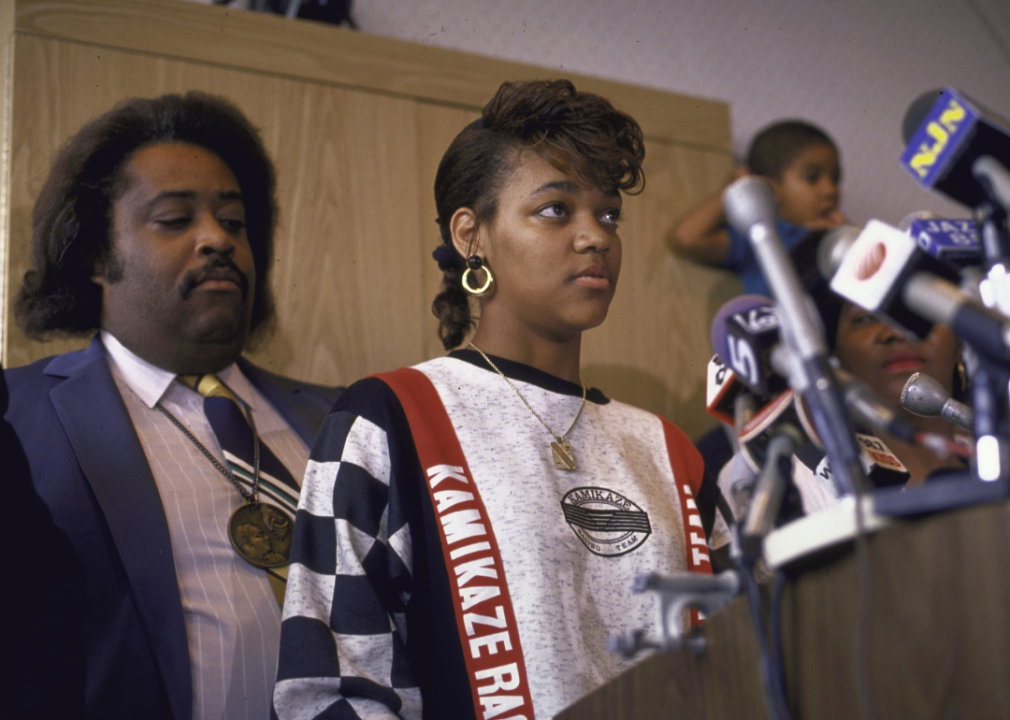
Bill Foley // Getty Images
Law & Order – ‘Out of the Half-Light’ (1990)
In 1987, Black teenager Tawana Brawley was found in a trash bag in a dumpster, covered with fecal matter and racial slurs that had been drawn on her body. She claimed that six white men, some of them police officers, had kidnapped and raped her. Once Rev. Al Sharpton became involved with Brawley’s family, he steered the case to national prominence and redirected the discourse toward the injustice of a legal system that favors white people over Black Americans. A jury eventually concluded that Brawley had not been sexually assaulted and her allegations were most likely false.
In “Out of the Half-Light,” Assistant District Attorney Paul Robinette convinces the family of the girl found in the dumpster, Astrea Crawford, to drop charges; he discovers that she pretended she had been assaulted in order to have an abortion that her Catholic family would sanction. The moral heart of the episode beats in the exchanges between Robinette, who, as a Black lawyer, doubts whether he’s doing the right thing, and Congressman Ronald Eaton, who accuses him of betraying the Black community.
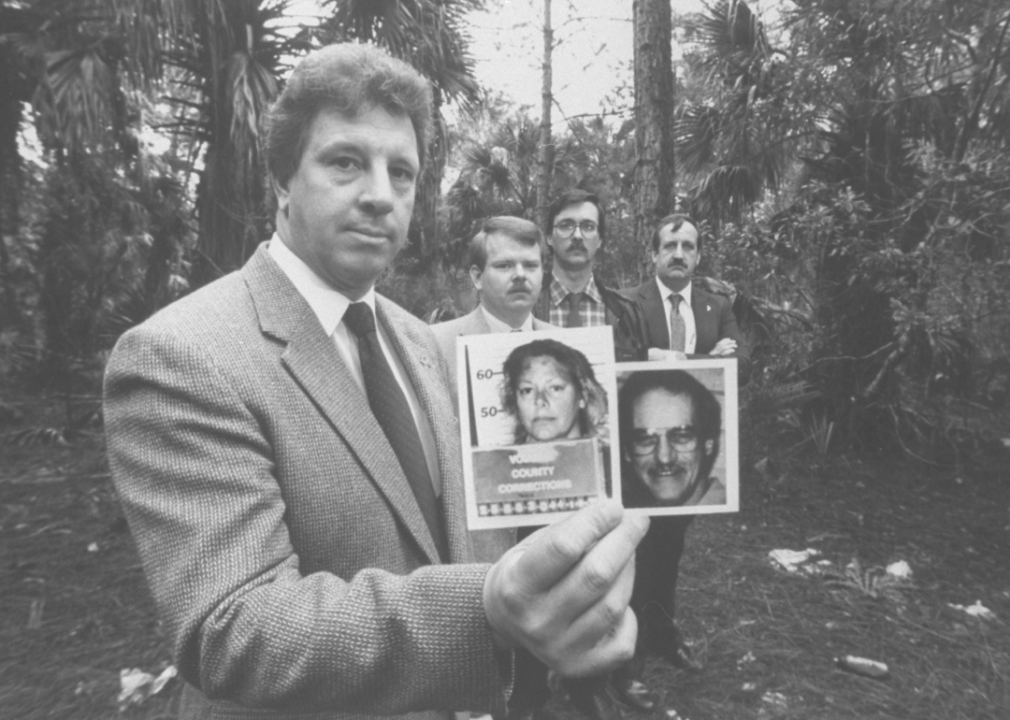
Acey Harper // Getty Images
Law & Order: SVU – ‘Chameleon’ (2002)
Abandoned by her teenage mother and beaten and raped by her grandfather, Aileen Wuornos was arrested in her twenties many times for infractions including theft, forgery, assault, and driving under the influence. A jury sentenced her to death for six of the seven male clients she shot dead and robbed, and she was executed by lethal injection on Oct. 9, 2002.
Like Wuornos, “Law & Order” female sex worker and serial killer Maggie Peterson alleges she killed in self-defense, and in the interrogation room she shows signs of sociopathy. Unlike Wuornos, however, Peterson completely fabricates a traumatic childhood. Before her trial she hangs herself with her nylons and writes in her suicide note that she’s leaving $10 million to “her” son, whom she stole from a woman she strangled to death in a grocery store parking lot. Forensic psychologist Dr. George Huang foreshadows Peterson’s suicide when he instructs Detective Elliot Stabler to “give her enough rope to hang herself” during the interrogation.
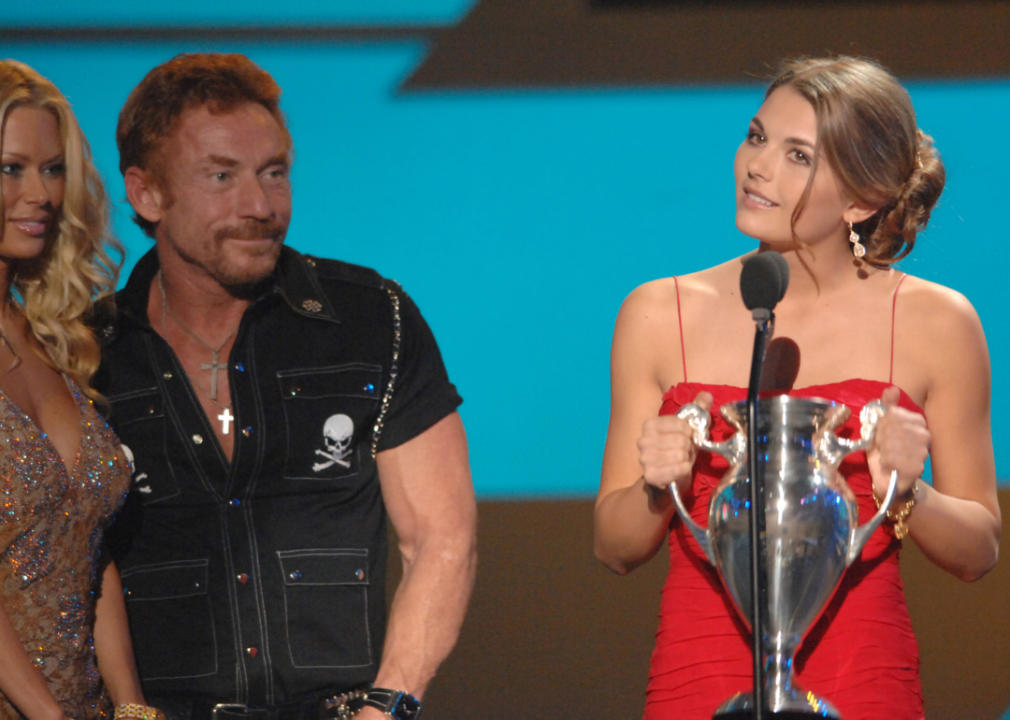
Lester Cohen/WireImage // Getty Images
Law & Order: Criminal Intent – ‘Weeping Willow’ (2006)
“Lonelygirl15” was a web series that aired on YouTube from 2006 to 2008, and its eponymous star was one of the first viral YouTubers. For the first few months, it appeared to be an average girl’s true-life video diary until viewers’ curiosity mounted around her seemingly cult member parents and a ceremony that the girl, named Bree Avery, said she was supposed to participate in; then, it was discovered that the series was actually the brainchild of two filmmakers and an attorney.
A similar premise undergirds “Weeping Willow”: a girl named Willow (Michelle Trachtenberg, in her first television role) hosts a vlog on the streaming platform YouLenz. One afternoon she and her boyfriend are abducted on video by two masked goons who hold them for ransom, and Detectives Mike Logan and Megan Wheeler go back and forth on whether the livestreamed hostage situation is fake. After Willow’s boyfriend reveals the kidnapping was indeed a hoax gone awry, Willow is released without criminal charges. Later, she tells CNN host Larry King she’s secured “funding” for her upcoming feature-length film, with the implication that those funds were actually the ransom money.
[Pictured: Jenna Jameson and Danny Bonaduce, presenters, with Jessica Rose, winner Big Download for “What’s a Date (LonelyGirl15)” at the Sony Studios in Culver City, California.]

Natalia Deriabina // Shutterstock
Law & Order: SVU – ‘Babes’ (2008)
Debi Mazar gives a standing ovation-worthy performance as the bitter, vindictive mother of a Catholic schoolgirl, Tina, who decides to get pregnant together with her friends. Mazar’s character online bullies the ringleader of the pregnancy pact, Fidelia, who is later found hanged in her room. Assistant District Attorney Kim Greylek tries to charge Tina’s mother with murder before Fidelia’s “first and true husband” confesses to accidentally strangling her upon learning she had been impregnated by another man.
The real-life Gloucester 18—18 teenage girls whose pregnancies were revealed a few months before “Babes” aired—denied reports of a pact. In a 2008 Time article about the Gloucester 18, their schoolmaster purported that one of the pregnancies came from an unhoused man; in “Law & Order”, the father of Tina’s unborn child is an unhoused man with schizophrenia, whom Tina’s brother castrates and sets on fire.
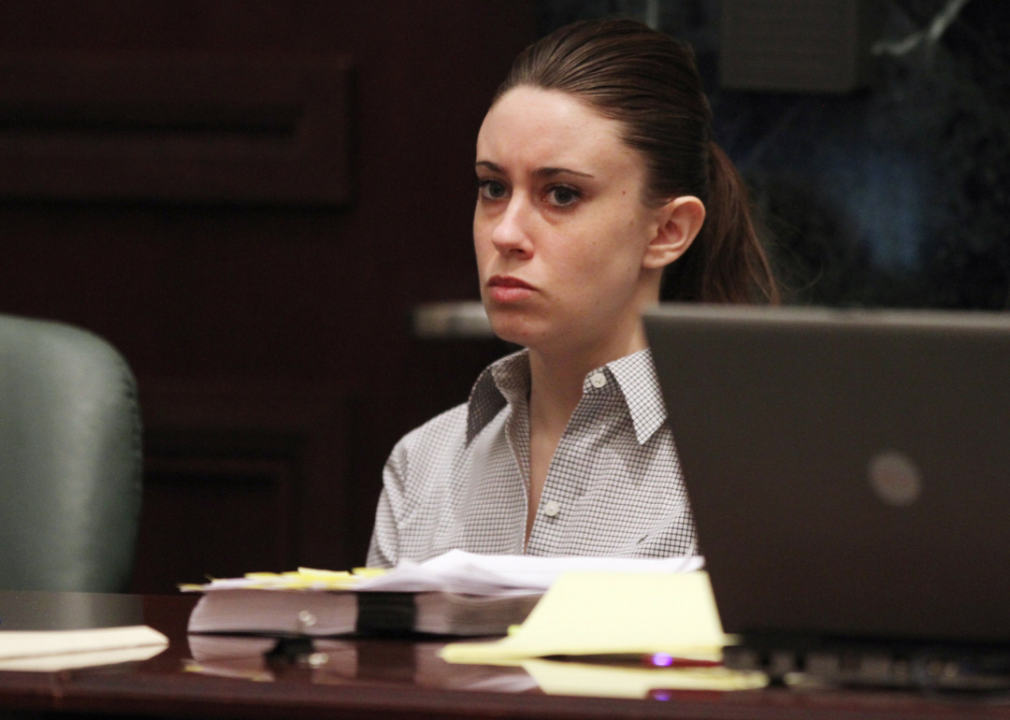
Red Huber-Pool // Getty Images
Law & Order: SVU – ‘Selfish’ (2009)
The 2011 Casey Anthony trial was characterized by a lack of evidence that her daughter, Caylee, died by filicide (a parent killing their own child), as the prosecution alleged, or accidentally drowned due to the negligence of a young mother suffering from PTSD, as the defense claimed. In “Selfish,” Hilary Duff plays irresponsible, hard-partying “Tot Mom” Ashlee Walker, convincingly negotiating her otherwise bumpy transition from child star to more adult-focused roles.
In “Law & Order,” as in real life, the trunk of Walker’s car was reported to smell like “a dead body” (Walker claims it’s from expired ground chuck for hamburgers), and her daughter Sierra’s remains are discovered without traces of DNA linking the crime to her mother. Then, the “Law & Order” showrunners take a hard left turn away from the case that inspired the episode before coming back around: the autopsy report shows that Sierra died from measles she picked up from an unvaccinated child at a public playground. After the Walkers threaten to sue the city, the New York Police Department arrests the anti-vaxxer mother and charges her with Sierra’s murder. In the end, the jury finds her, like Anthony, not guilty.

Chelsea Guglielmino // Getty Images
Law & Order – ‘Fault Lines’ (2021)
Britney Spears was placed under the conservatorship of her father, Jamie, after a series of breakdowns in 2007 and 2008. Maintaining that he acted in his daughter’s best interest, the senior Spears used his conservatorship—a legal status given to those unable to take care of themselves, frequently elderly or disabled persons—to control the singer’s personal life and financial estate. It wasn’t until 2021, following investigative reporting that uncovered her father’s abuse of his privilege along with the #FreeBritney movement, that a judge released Spears from the conservatorship.
“Fault Lines” begins as a seemingly clear-cut case of tennis player Lucy McDaniel murdering a judge. During the trial, it comes out that the judge placed McDaniel under the guardianship of her father, who benefits from his daughter’s success so much that he is willing to try her for murder rather than accept the prosecution’s plea bargain for manslaughter. Unlike Spears’ case, McDaniel’s has a less-than-happy ending: Finally speaking for herself, she stands up in the courtroom and accepts the manslaughter charge, going to jail for 15 years.
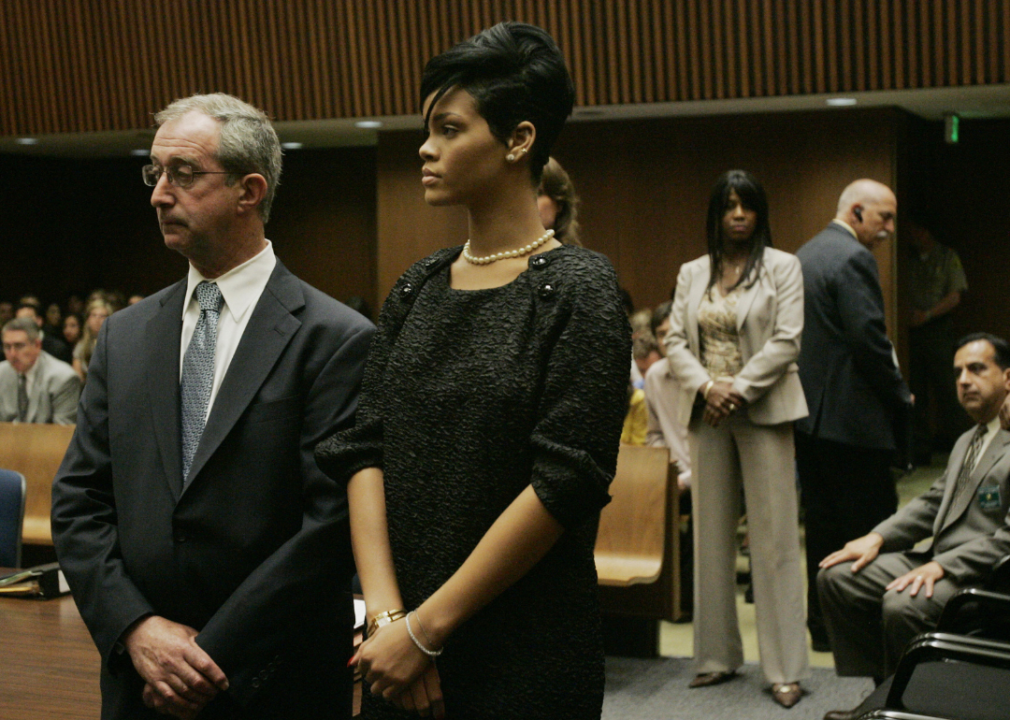
Lori SHEPLER/AFP via Getty Images
Law & Order: SVU – ‘Funny Valentine’ (2013)
“Funny Valentine” maps some key points in the violent storyline of Chris Brown and Rihanna while taking liberties with others. Brown’s on-screen alter-ego Caleb Bryant assaults Micha Green when she confronts him for flirting with another woman in the studio where they’re recording a duet. None of the witnesses—including an unforgettable cameo by Jane’s Addiction guitarist Dave Navarro as a sleazy recording engineer named Ferrari—are willing to come forward, and Green’s team tries persuading the NYPD to drop the assault charges because of the singer’s pending endorsements and upcoming single with Bryant. Both Green and Rihanna’s bruised and swollen faces are leaked to the public, and Perez Hilton gleefully plays himself as the paparazzi engine running the publicly unfolding saga.
Like Brown, Bryant gets a tattoo of what seems to be Green’s battered face, and like Rihanna, Green ultimately refuses to press charges. By the end of the episode the two have reconciled, but not for long: Green’s body is found floating next to a yacht that Bryant rented for the two of them in Bermuda.

Canva
Law & Order: SVU – ‘Glasgowman’s Wrath’ (2014)
Dedicated fans clamor for a number of “Law & Order” episodes to be revisited, and from conversations on internet forums, the one that needs follow-up the most is “Glasgowman’s Wrath.” The episode opens with a home video recording à la “The Blair Witch Project” and bases itself on the 2014 “Slender Man stabbing”: Two 12-year-old Wisconsin girls stabbed a third in order to gratify an online bogeyman known as Slender Man.
In “Glasgowman’s Wrath,” as in real life, the victim was stabbed many times, with one of the injuries missing an artery by a millimeter. Sergeant Olivia Benson comes to the conclusion that Perry Gilbert stabbed her friend Mia Harris’ younger sister Zoe and intimidated Mia into complying. The Wisconsin girls were tried as adults for attempted murder under state law but Gilbert and Harris are legally minors; Gilbert is committed to a psychiatric facility and Harris is remanded to her parents. In the elevator, after the trial, however, Detective Dominick Carisi Jr. witnesses a handcuffed Gilbert link pinkies with Harris.
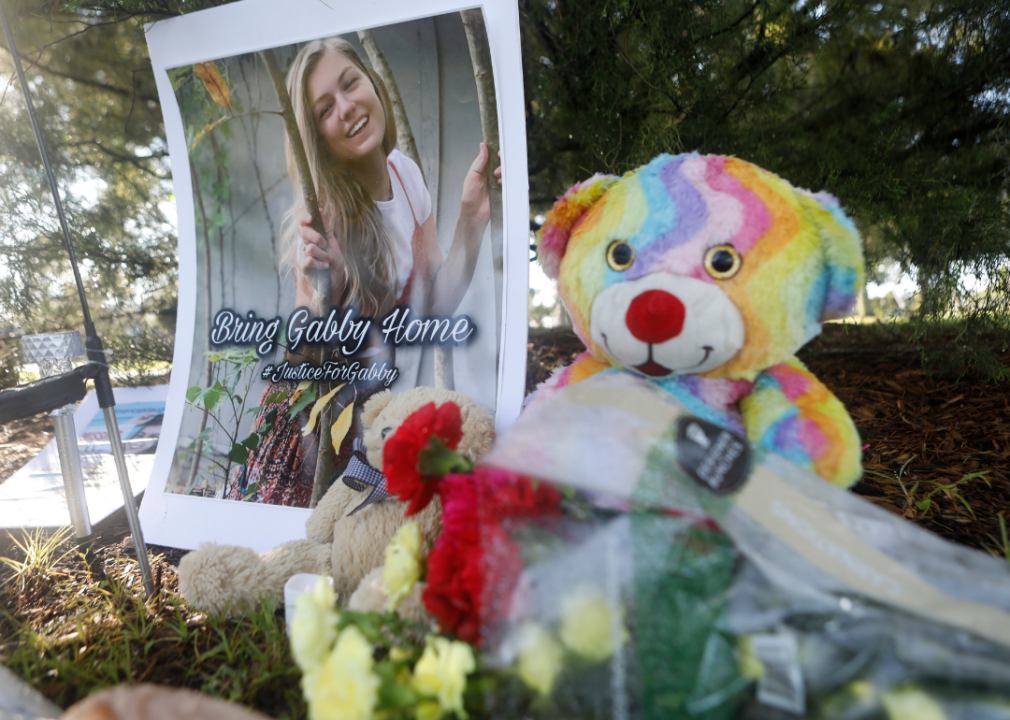
Octavio Jones // Getty Images
Law & Order – ‘Filtered Life’ (2022)
“Filtered Life” exists in an alternate universe where a woman named Amanda Larson starts the #vanlife trend: Instagram influencers traveling and living out of a van. As with real disappearance of #vanlife ambassador Gabby Petito, after Larson vanishes, the NYPD tries to stay one step ahead of true crime fans following the case. Eventually, they arrest a dating app predator Larson rejected, Daniel Garrett, and the district attorneys pursue a murder conviction despite the Larsons’ wishes that he lead them to the body in exchange for pleading guilty to manslaughter.
Garrett’s defense accuses a citizen sleuth on the witness stand of getting involved to boost her social media followers—also an issue raised in the Petito case—and alleges that Petito is still alive because someone is posting photos of her on a beach somewhere (Petito’s fiancé Brian Laundrie impersonated her in text messages so no one would know she was dead). In the end, Garrett is convicted, but the Larsons will almost certainly never get to bury their daughter. This complicated closure reflects the outcome of the Petito case: Laundrie admitted to killing her in a diary found next to his body, dead from a self-inflicted gunshot wound.
About The Firm
Founded in 1959, The The Louthian Firm Accident & Injury Lawyers has proudly served the state of South Carolina for half a century by aiding injured victims with passionate legal representation. To learn more about our Columbia car accident lawyer services or other practice areas, please feel free to visit our contact page for more details.
